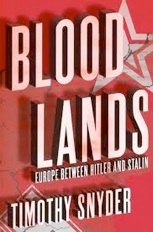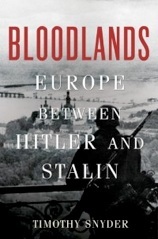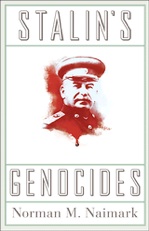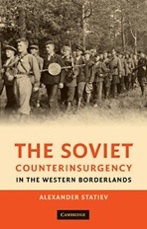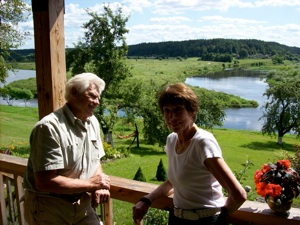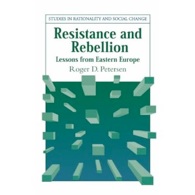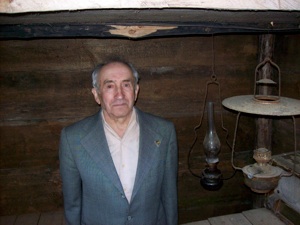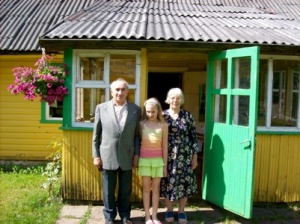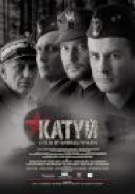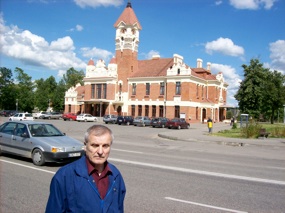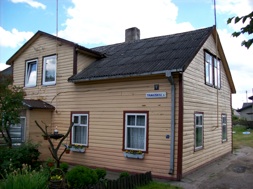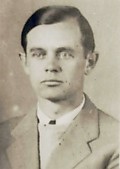(Summarized from a Lietuvos Rytas Article by Eldoradas Butrimas , November 13, 2011)
“If a child is taught from the cradle to fight indiscriminately for its homeland, that child will grow up to kill anyone who is a foreigner or anyone who disagrees with him.”
This is part of the confession of the late Stefan Dąmbski, a former Polish partisan executioner and a member of the “Armia Krajowa”. He remained so guilt-ridden by what he had done during the war that he committed suicide in Miami seventeen years go.
Apparently, much of Poland has been polarized by the revelations in Dąmbski’s memoir, called “Executioner”.
Dąmbski said of himself: “I was worse than the cruelest beast. I was a typical AK soldier mired in the filth, but they called me a hero and decorated me with a medal after the war – a cross for courage. “
Dąmbski wanted his story to be a cautionary tale for others, but he doubted the book would ever be published.
The former guerrilla said he thought he became such a beast thanks to the patriotic fervor he was filled with in his childhood by his family, his church, and his country.
Born in 1926, he was raised by relatives after his mother died and his father emigrated to Columbia, and he joined the AK as a courier in 1942. When he was told to avoid a former classmate who was collaborating with the Nazis and was slated for execution, he offered to do the job himself.
The next day, Dąmbski invited the classmate into his house, got him drunk, and took him out into the woods where he shot him. He went on to execute over 300 Germans, Ukrainians and Poles, including men, women, and children.
He brutality was extreme. In 1944, despite being instructed by the AK leadership to be friendly to Soviet soldiers, he killed a drunk Russian soldier who was sleeping in a ditch by driving a nail into his head and then riding away on a bicycle.
Similarly, he was instructed not to shoot German prisoners of war, but when peasants turned over a German whom they had stripped naked, he thought it would be too much trouble to look for clothes and shot him instead.
The story being told above is not exactly as uplifting as the stories I used to write Underground, but I think it’s important to lay bare as much as possible in the service of truth, insofar as you can. Sometimes it’s hard to tell who’s in the right, but you need to keep on weighing the evidence.
An acquaintance in Lithuania tells the story of his grandfather, seized during a postwar rural festival and executed in front of his family. This is a real tragedy, a terrific trauma. But the man, it turns out, had been warned not to cooperate with the Soviets in the countryside. Yet he did, and suffered the consequences.
Was this a justified execution, or an example of a farmer caught between a rock and a hard place?

